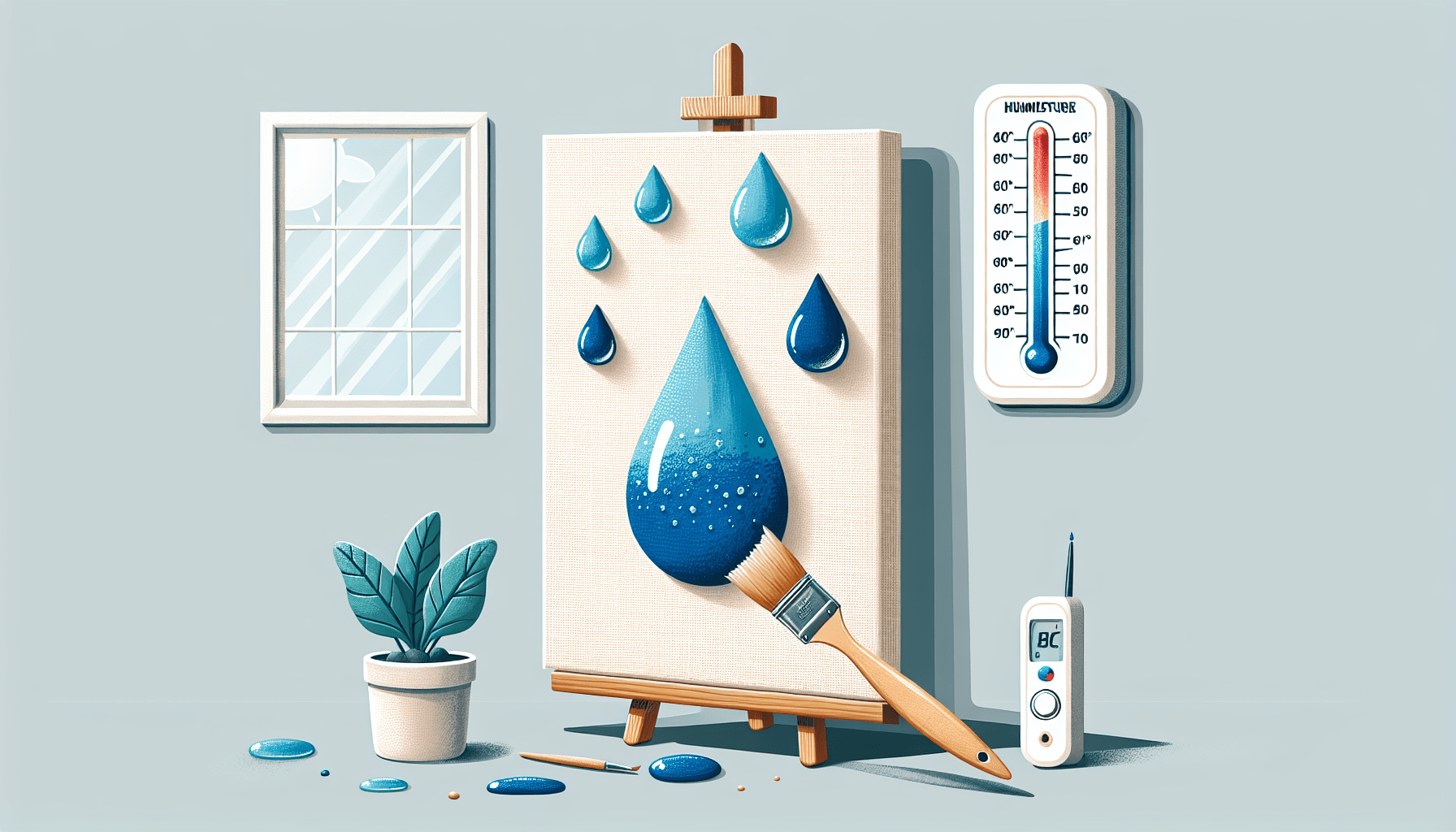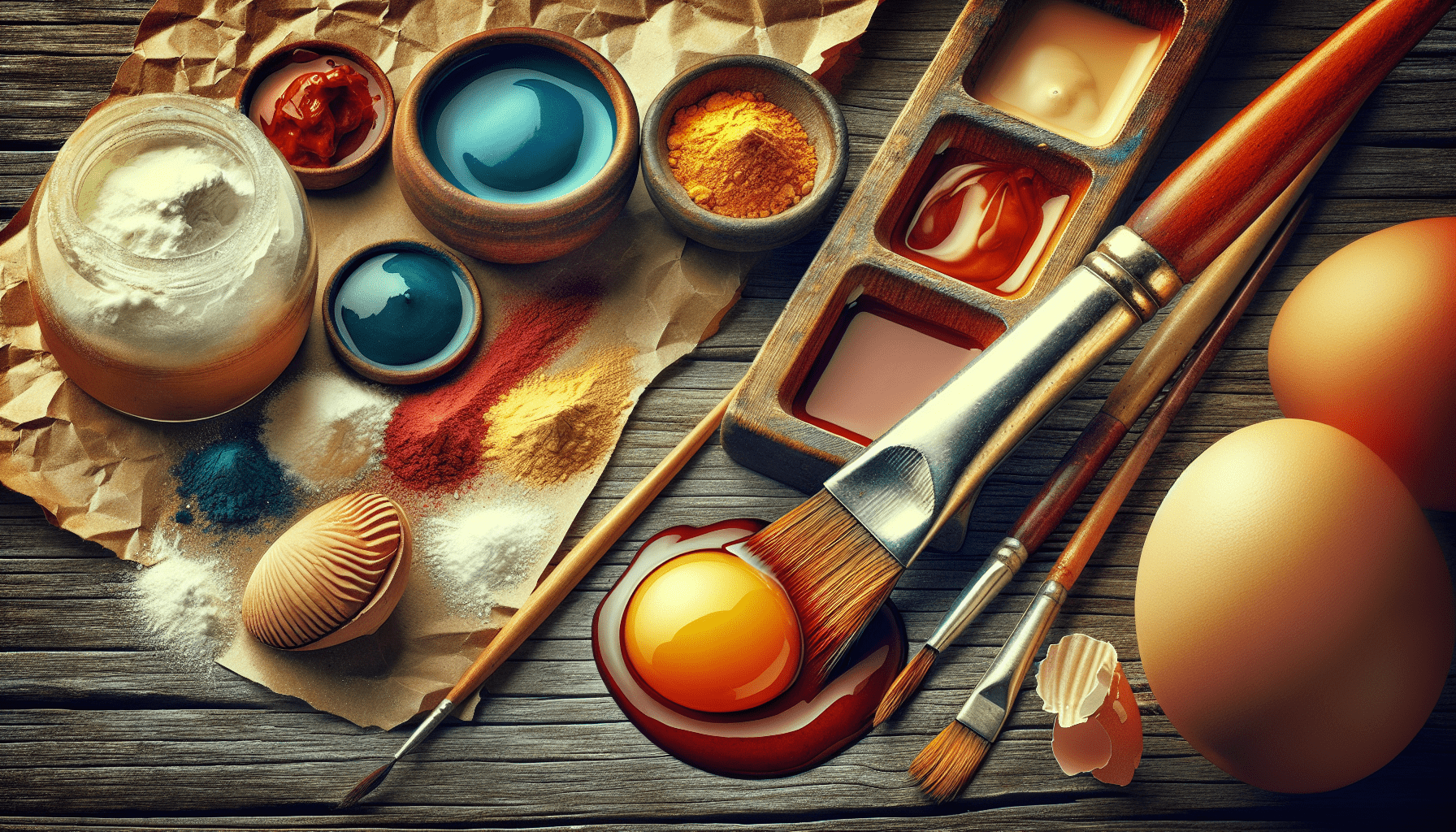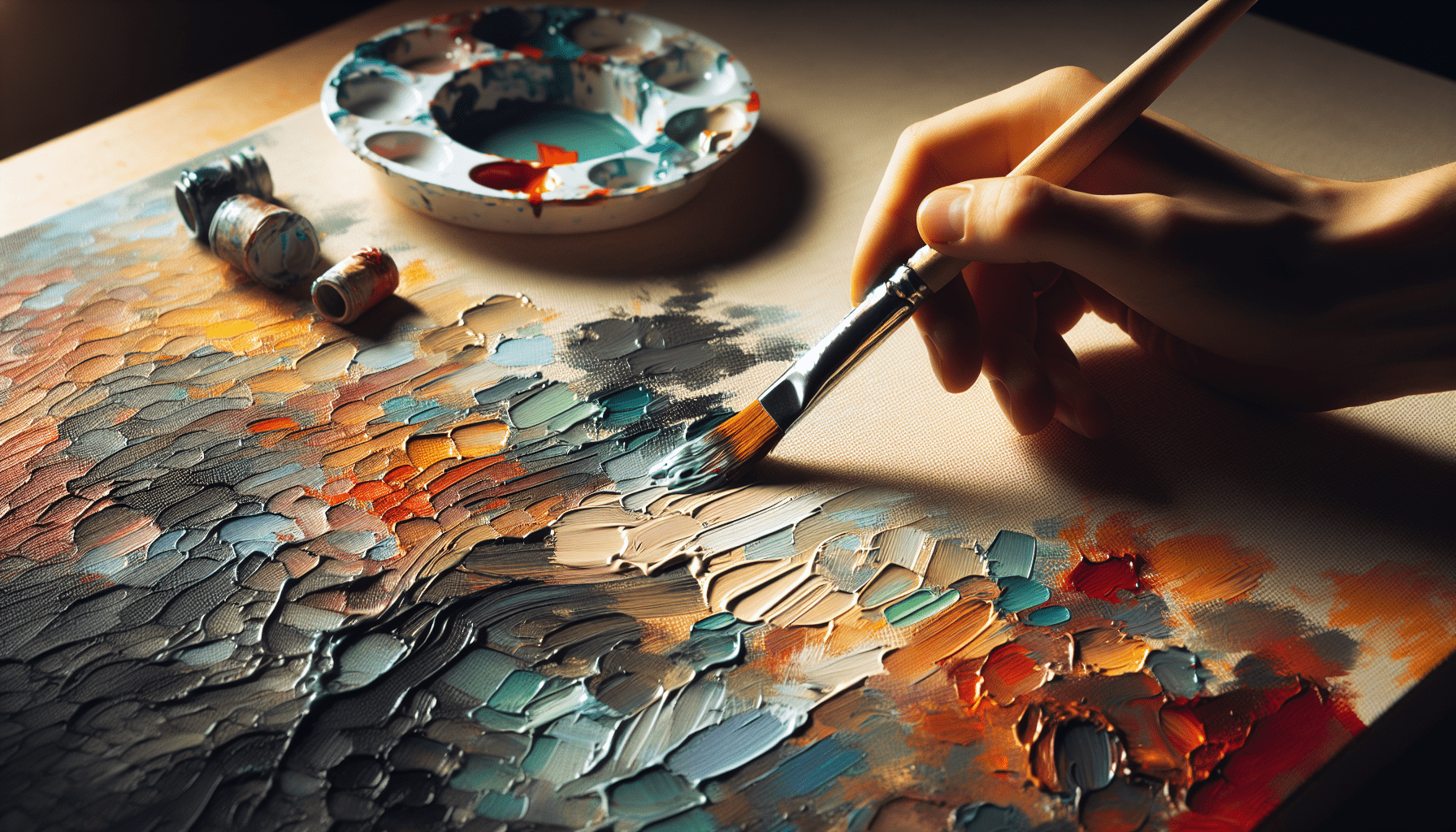Tempera paint, a popular choice for various artistic endeavors, is renowned for its vibrant colors and ease of use. However, when it comes to drying time, many artists and creators find themselves pondering over a crucial question: does tempera paint dry fast? Unveiling the secret behind the drying process of tempera paint is essential to ensure efficiency in artistic production. In this article, we will explore the factors that influence the drying time of tempera paint and shed light on whether it lives up to its reputation as a quick-drying medium.
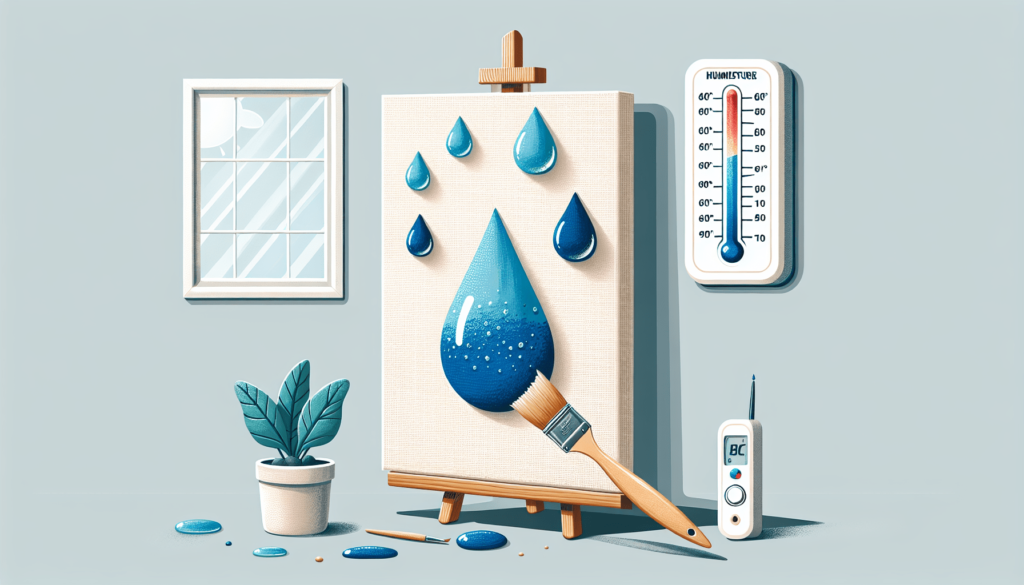
Factors Affecting Drying Time
Composition of Tempera Paint
The composition of tempera paint plays a significant role in its drying time. Different brands and types of tempera paint may have varying drying times due to variations in the ingredients used. Generally, tempera paints are composed of a mixture of pigments, binders, and water. The binders are responsible for holding the pigments together and allowing the paint to adhere to surfaces. If a particular brand of tempera paint contains a higher percentage of binders, it may take longer to dry compared to paints with lower binder content. Additionally, the water content in tempera paints can affect their drying time. Higher water content can result in slower drying, while paints with lower water content may dry more quickly.
Surface Texture
The surface texture onto which tempera paint is applied also affects its drying time. Smooth surfaces like canvas or paper allow the paint to dry more quickly since there is less friction and absorbency. On the other hand, rough or textured surfaces, such as rough plywood or textured paper, tend to slow down the drying process. The unevenness of these surfaces provides more areas for the paint to adhere to, resulting in a slower drying time.
Ambient Temperature and Humidity
The ambient temperature and humidity of the environment in which the tempera paint is drying heavily influence its drying time. Warmer temperatures generally accelerate the drying process, while colder temperatures can significantly slow it down. Similarly, low humidity levels promote faster drying, while higher humidity levels can extend drying time. This is because low humidity allows the moisture in the paint to evaporate more quickly, while high humidity slows down evaporation. Therefore, it is important to consider the ambient conditions when working with tempera paint to ensure optimal drying time.
Drying Time of Tempera Paint
Normal Drying Time
The normal drying time of tempera paint varies depending on the aforementioned factors. Under normal conditions, tempera paint typically dries within 20 to 30 minutes. However, it is important to note that this timeframe may be extended if the paint is applied in thick layers or in a cold and humid environment. It is always advisable to wait until the paint is completely dry before applying additional layers or overpainting to avoid smudging or damaging the previous layers.
Accelerating Drying Time
There may be instances where you need to expedite the drying time of tempera paint. One way to achieve this is by reducing the water content in the paint mixture. Adding less water and more pigment can decrease the drying time as there will be less moisture to evaporate. Additionally, using a hairdryer or heat source, such as a heat gun or lamp, can speed up the drying process by providing direct heat to the paint surface. However, caution must be exercised when using heat sources to prevent overheating or scorching of the paint.
Slowing Down Drying Time
On the contrary, there might be situations where you want to extend the drying time of tempera paint, especially when working on larger projects or when blending colors. One method to slow down the drying time is by adding a retarder or extender to the paint mixture. These additives are specifically designed to slow down the drying process and provide artists with more time to manipulate the paint on the surface. By using a retarder, you can achieve smoother transitions and blend colors seamlessly.
Tips for faster drying
Thin Layers
When aiming for faster drying, applying multiple thin layers of paint instead of one thick layer can significantly reduce the drying time. Thicker layers take longer to dry as there is a greater amount of paint to evaporate. By using thin layers, each layer dries more quickly, allowing you to proceed with additional layers or overpainting sooner.
Using a Heat Source
Using a heat source, such as a hairdryer set on a low or warm setting, can expedite the drying time of tempera paint. Directing the warm air towards the painted surface helps to evaporate the moisture in the paint more rapidly. It is essential to keep the heat source at a safe distance and constantly move it to prevent overheating or damaging the paint.
Blowing Air
If a heat source is not available or not preferred, blowing air onto the paint surface can also accelerate drying. This can be done by using your breath or a fan set on a low speed. The airflow helps to promote evaporation, thus reducing the overall drying time. However, it is important to ensure that the air blown does not contain any moisture or dust particles that could affect the paint’s quality.
Applying in thin coats
Similar to using thin layers, applying tempera paint in thin coats can facilitate faster drying. Instead of applying a thick glob of paint, distribute the paint evenly and thinly across the surface. This allows the paint to dry more quickly, ensuring that subsequent layers or overpainting can be done without smudging or damaging the previous layers.
Using Dryers
In situations where time is of the essence, utilizing electric dryers specifically designed for drying paint can be beneficial. These dryers emit controlled and focused heat that accelerates the evaporation process. However, it is important to ensure that the dryer is specifically designed for use with paint and follows all safety precautions outlined by the manufacturer.
Benefits of Fast Drying
Immediate Overpainting
One significant benefit of fast-drying tempera paint is the ability to proceed with overpainting or adding additional layers without waiting for extended periods. This is especially advantageous for artists working on tight schedules or when exploring different techniques that involve layering. With fast-drying paint, you can achieve a more efficient workflow and seamlessly incorporate new elements into your artwork.
Reduced Waiting Time
By opting for fast-drying tempera paint, you can significantly reduce the waiting time between layers or when applying multiple coats. This allows you to quickly assess the progress of your artwork and make adjustments or corrections as needed. Additionally, reduced waiting time enables you to complete projects more efficiently, making it an ideal choice for artists working on strict deadlines or time-sensitive commissions.
Finishing Projects Quickly
Fast-drying tempera paint enables artists to complete their projects more quickly, making it an attractive option for those seeking a fast turnaround time. Whether you are a professional artist with multiple commissions or a student working on assignments, the ability to finish projects efficiently can be highly beneficial. With fast-drying paint, you can achieve a polished and finished artwork in a shorter span of time, allowing you to move on to your next creative endeavor.
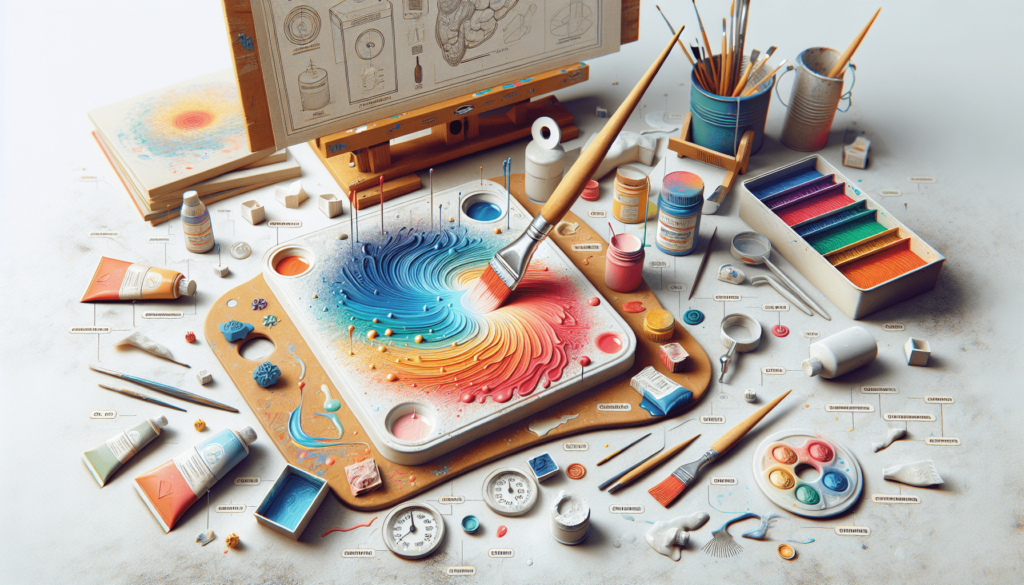
Disadvantages of Fast Drying
Less Time for Blending
One potential drawback of fast-drying tempera paint is the limited time available for blending colors. As the paint dries quickly, it can become more challenging to blend adjacent colors seamlessly, especially if you are using wet-on-wet techniques. Artists who prefer working with soft transitions or intricate color gradients may find fast-drying paint less suitable for such techniques. It requires a level of skill and precision to work with fast-drying paint to achieve desired blending effects.
Prone to Cracks and Fading
Fast-drying tempera paint is at a higher risk of cracking and fading compared to slower-drying alternatives. The rapid evaporation of moisture can cause the paint film to shrink and develop cracks over time, particularly if applied in thick layers or on flexible surfaces. Additionally, the pigments in fast-drying paint may have less time to fully bind to the surface, resulting in color fading or a decrease in vibrancy over time. It is essential to consider these potential issues and take appropriate measures, such as using flexible surfaces or applying protective varnishes, to mitigate the risk of cracking and fading.
In conclusion, the drying time of tempera paint is influenced by various factors, including its composition, surface texture, ambient temperature, and humidity. While tempera paint typically dries within 20 to 30 minutes under normal conditions, artists can expedite the drying process by using thin layers, heat sources, or blowers. Fast-drying tempera paint offers benefits such as immediate overpainting, reduced waiting time, and the ability to finish projects quickly. However, it also presents challenges like limited blending time and heightened susceptibility to cracks and fading. By understanding these factors and employing the appropriate techniques, artists can harness the advantages of fast-drying tempera paint while mitigating potential disadvantages.
